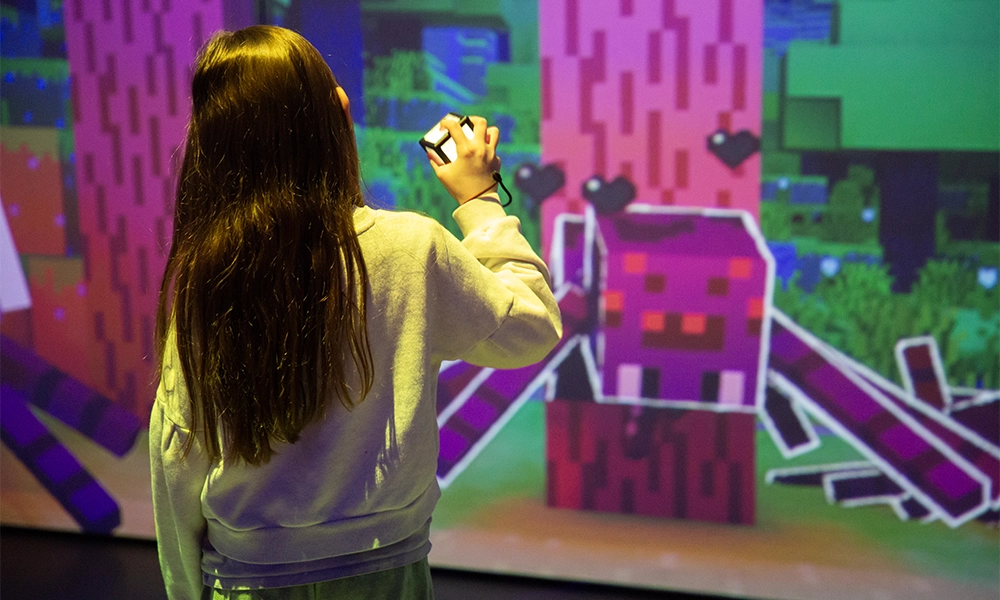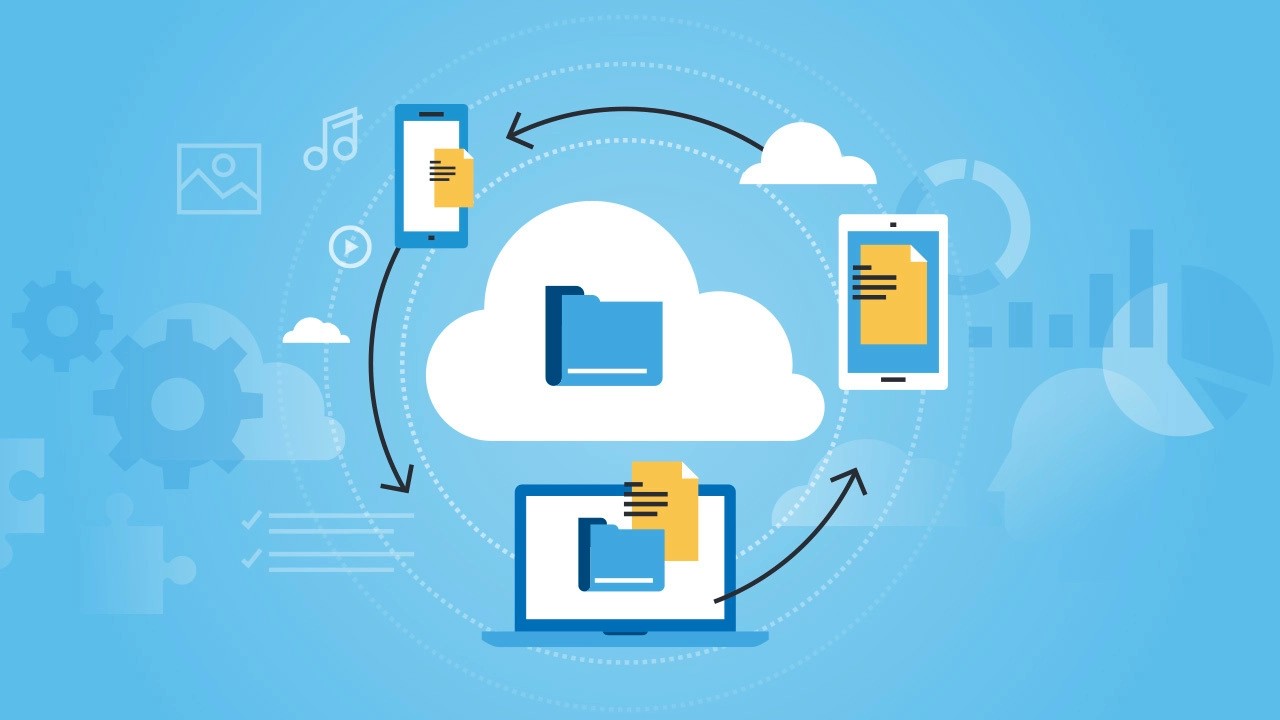Online Minecraft platforms differ widely in how they protect users. Some sites take security seriously with encryption and regular updates. Others cut corners on basic safety measures. This removes one possible source of malware. Security depends on who runs it, how often they patch vulnerabilities, and if anyone monitors it. Choosing a website requires knowledge.
Website security indicators
Check the address bar before entering any information on a Minecraft site. Sites using HTTPS encrypt everything passing between your computer and their servers. Padlock symbols appear next to secure addresses. Those monitoring network traffic see your data without encryption. Good sites renew their security certificates regularly and patch vulnerabilities when discovered. Using proper channels to play Minecraft unblocked ensures your activities remain private while enjoying uninterrupted gaming. Click the padlock to see certificate details. Valid certificates come from recognized authorities and show future expiration dates. Certificates that expired or came from unknown sources mean the site might have problems.
Account protection features
Better platforms make you create strong passwords during signup. They require minimum lengths, capital letters mixed with lowercase, numbers, and symbols. A few sites add two-factor authentication, which sends codes to your email or phone. Watch for these account features:
- Emails warning you when someone logs in from a new device
- Pages showing which devices currently access your account
- Meters that rate your password strength while you type
- Backup email addresses for recovering locked accounts
Change your passwords every few months. Use different passwords on every site you visit. Securely manage all your credentials with password managers.
Privacy policy transparency
Real businesses post privacy policies explaining what data they collect. These documents list the information gathered when you register and play. Honest sites tell you whether they sell or share your data with other companies. These policies explain what happens to your personal information. This information is easily accessible on sites that follow privacy laws. Policies full of vague language or missing entirely suggest the site handles data carelessly. Look for contact information about privacy questions. Sites that care about privacy give you ways to reach them with concerns.
Technical security measures
Secure platforms run anti-cheat software that spots and stops cheating programs. These systems catch malicious code trying to manipulate games. Regular security updates fix newly discovered holes in their defenses. Sites posting logs of their updates prove they maintain their security actively. Server quality matters for both safety and how well games run. Platforms using professional hosting with DDoS shields keep connections stable during attacks. They back up data regularly, so technical problems don’t erase progress. Sites willing to discuss their technical setup usually have nothing to hide. Platforms that avoid mentioning their infrastructure might be covering up weak security.
Platform safety for online Minecraft comes from several areas working together. Encrypted connections keep your data private in transit. Strong account features stop unauthorized logins. Active moderation creates better community spaces. Solid technical protections defend against cheating. Checking all these elements before you pick a platform means you can enjoy Minecraft through your browser without worrying about security problems.



